Nystatin is used in medicine to treat fungal infections, so the active ingredient is a so-called antimycotic. Nystatin can be used to treat both skin and mucous membranes. In humans, fungal diseases are caused by three different classes of fungi that are pathogenic to humans; these are so-called dermatophytes, yeasts and molds. The active ingredient nystatin is used in particular in the treatment of yeast diseases.
What is nystatin?

Nystatin is present both in preparations that are applied directly to the skin and in preparations that are used orally.
Fungal diseases in the mouth are often caused by so-called yeasts, which is why the active ingredient nystatin is used specifically for oral thrush. Yeasts are also responsible for the development of so-called diaper rash in newborns and small children, and in these cases, too, the active ingredient nystatin is successfully used locally for treatment. Other areas of application are the pubic and anal region as well as the entire digestive tract.
As a chemical substance, nystatin has the property of inhibiting the growth of fungi. The undisturbed spread and multiplication of the fungi is prevented by the use of nystatin.
Medical application & use
Nystatin is therefore suitable for sustainably combating fungal infestation on the skin or on the mucous membrane. In this way, the symptoms of yeast diseases in the area of the mucous membranes of the digestive tract, the anus or the genital organs can be alleviated.
Oral administration of nystatin can remove yeast foci in the digestive tract. Nystatin is an antifungal agent based on polyene. In the case of proven hypersensitivity to antifungal agents based on polyene, nystatin may only be used after explicit consultation with the attending physician. In principle, the active ingredient nystatin can be used during pregnancy and breastfeeding, as no adverse effects have so far been proven.
The active ingredient nystatin may also be used in children with yeast infections, but treatment with nystatin should be avoided in very underweight or immature premature babies. Like other antifungal agents, the active ingredient nystatin can lead to certain side effects. The side effects caused by nystatin can be described as rare and only occur in a few patients.
Medicines and preparations containing nystatin are available as tablets, suspensions, ointments or vaginal suppositories. A special feature of the active ingredient nystatin arises when it is used orally. Because it has been proven beyond doubt that nystatin is not absorbed into the body via the digestive tract.
Rather, the active ingredient nystatin unfolds its full effectiveness in the entire gastrointestinal tract when used as a tablet. However, it has also been observed that yeasts can develop resistance to the active ingredient nystatin. In this case, especially in the case of recurring infections, it should be checked whether treatment with nystatin is still indicated.
Risks & side effects
Other drug interactions are related to the treatment of Nystatin so far none known. When applied topically to the skin or mucous membranes, nystatin can in rare cases lead to hypersensitivity reactions, in particular itching, burning or redness.
In the event of so-called scatter reactions, treatment with nystatin should be stopped prematurely. The papules, redness or vesicles also spread beyond the application area. The most common pathogenic yeast in humans is Candida albicans. It is a so-called facultative pathogenic germ that does not necessarily cause infectious diseases, but only under certain conditions.
Even in healthy people, this type of fungus colonizes the skin and mucous membrane. Only through a weakened immune system can the yeasts multiply and spread explosively. In these cases treatment with the active ingredient nystatin is indicated.
After discontinuing the corresponding preparations, the side effects should be gone within a very short time. Side effects that have been observed with the use of nystatin include gastrointestinal disorders such as nausea and diarrhea and vomiting. Nettle rash and rash may occasionally occur with the use of nystatin. A severe skin reaction called Stevens-Johnson syndrome is extremely rare with treatment with nystatin.

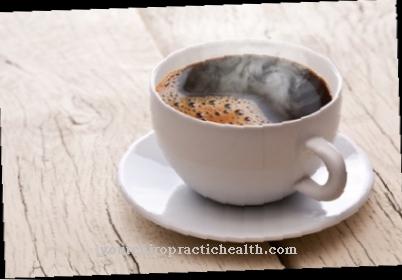
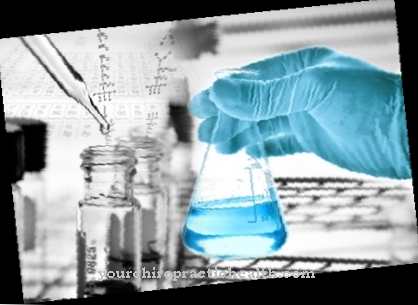
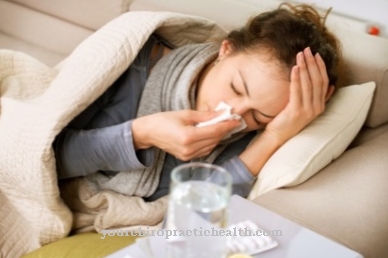
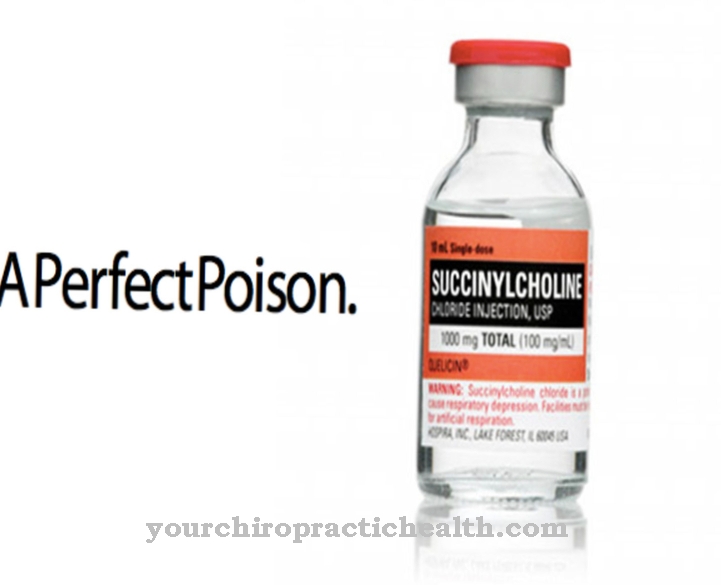
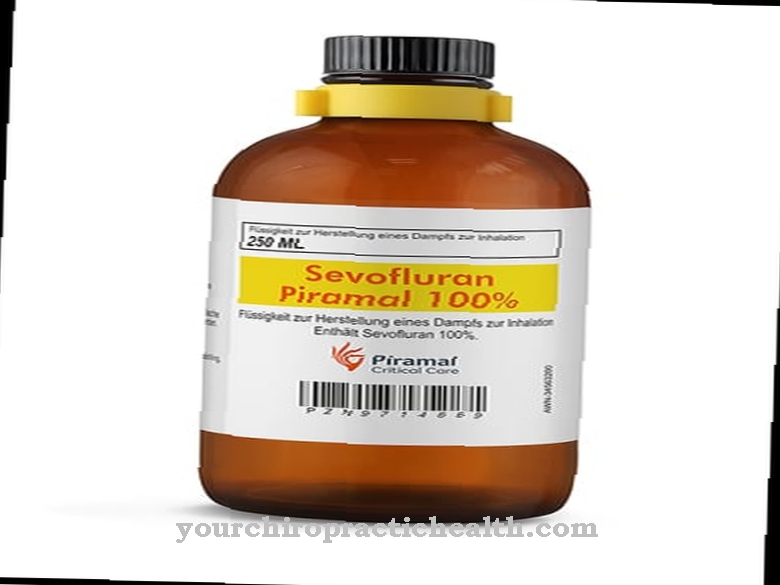
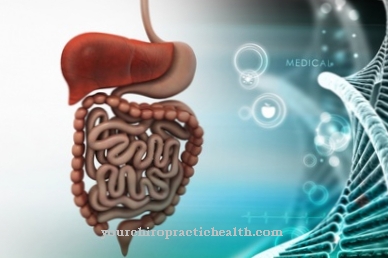





.jpg)



.jpg)










.jpg)
